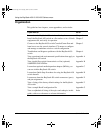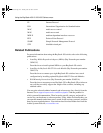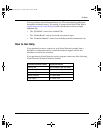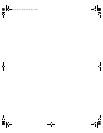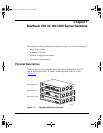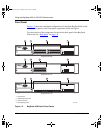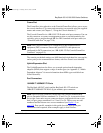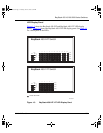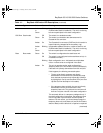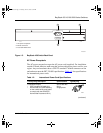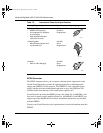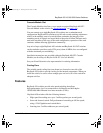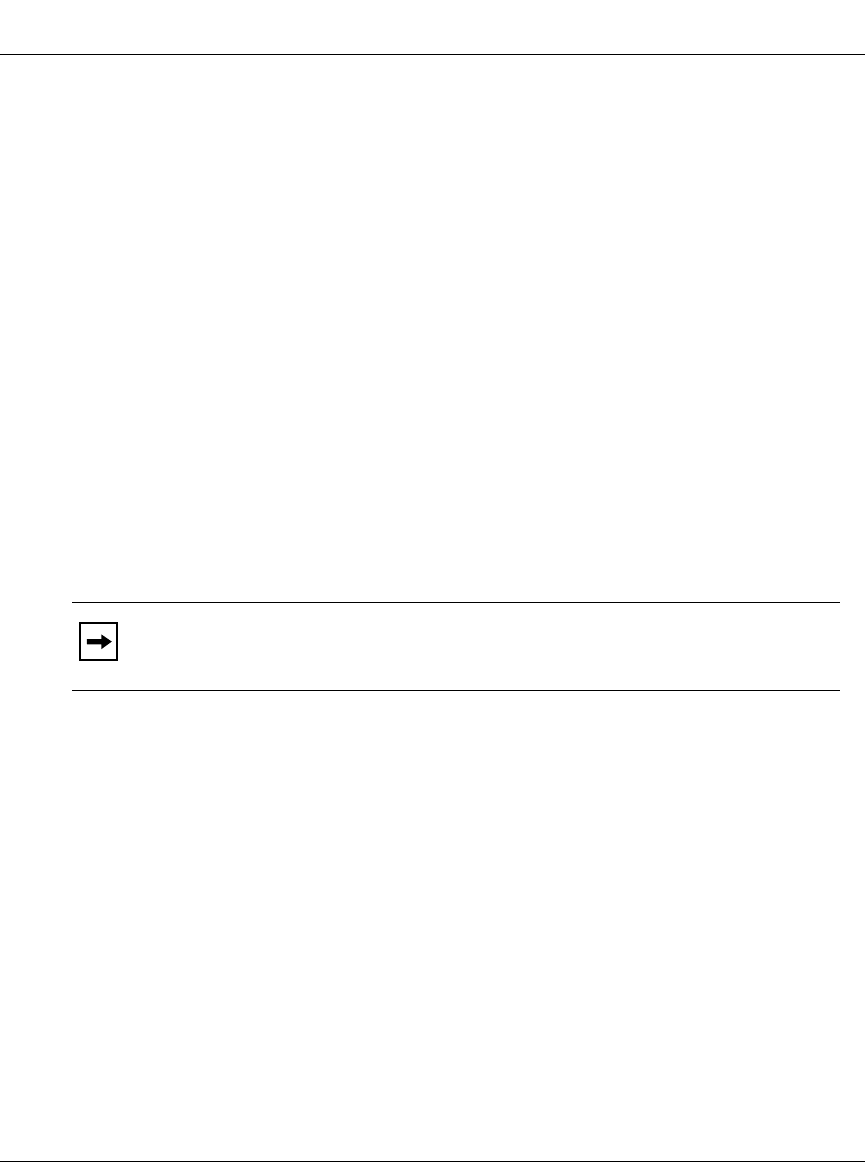
Using the BayStack 450 10/100/1000 Series Switch
1-4
302401-D Rev 00
The 10BASE-T/100BASE-TX port connectors are configured as MDI-X
(media-dependent interface-crossover). These ports connect over straight cables to
the network interface controller (NIC) card in a node or server, similar to a
conventional Ethernet repeater hub. If you are connecting to an Ethernet hub or
Ethernet switch, you need a crossover cable unless an MDI connection exists on
the associated port of the attached device (see “MDI and MDI-X Devices” on
page E-2).
The BayStack 450-24T switch and the BayStack 450-12T switch use autosensing
ports that are designed to operate at 10 Mb/s or at 100 Mb/s, depending on the
connecting device. These ports support the IEEE 802.3u autonegotiation standard,
which means that when a port is connected to another device that also supports the
IEEE 802.3u standard, the two devices negotiate the best speed and duplex mode.
The 10BASE-T/100BASE-TX switch ports also support half- and full-duplex
mode operation (see “Connecting the 10BASE-T/100BASE-TX Ports” on
page 2-8).
The 10BASE-T/100BASE-TX RJ-45 ports can connect to 10 Mb/s or 100 Mb/s
Ethernet segments or nodes.
See Appendix E, “Connectors and Pin Assignments” for more information about
the RJ-45 port connectors.
100BASE-FX MT-RJ Ports
The BayStack 450-12F switch uses longwave 1300 nanometer (nm) MT-RJ port
connectors to attach devices over 62.5/125 or 50/125 micron multimode fiber
optic cable.
The BayStack 450-12F switch conforms to the IEEE 802.3u 100BASE-FX
standard and can be used for fiber-based 100 Mb/s connections (2 km/6562 ft
maximum distance) to other compatible Fast Ethernet devices. Single-mode fiber
cable is not supported.
Note: Use only Category 5 copper unshielded twisted pair (UTP) cable
connections when connecting 10BASE-T/100BASE-TX ports.
kombk.book Page 4 Tuesday, June 29, 1999 3:25 PM



